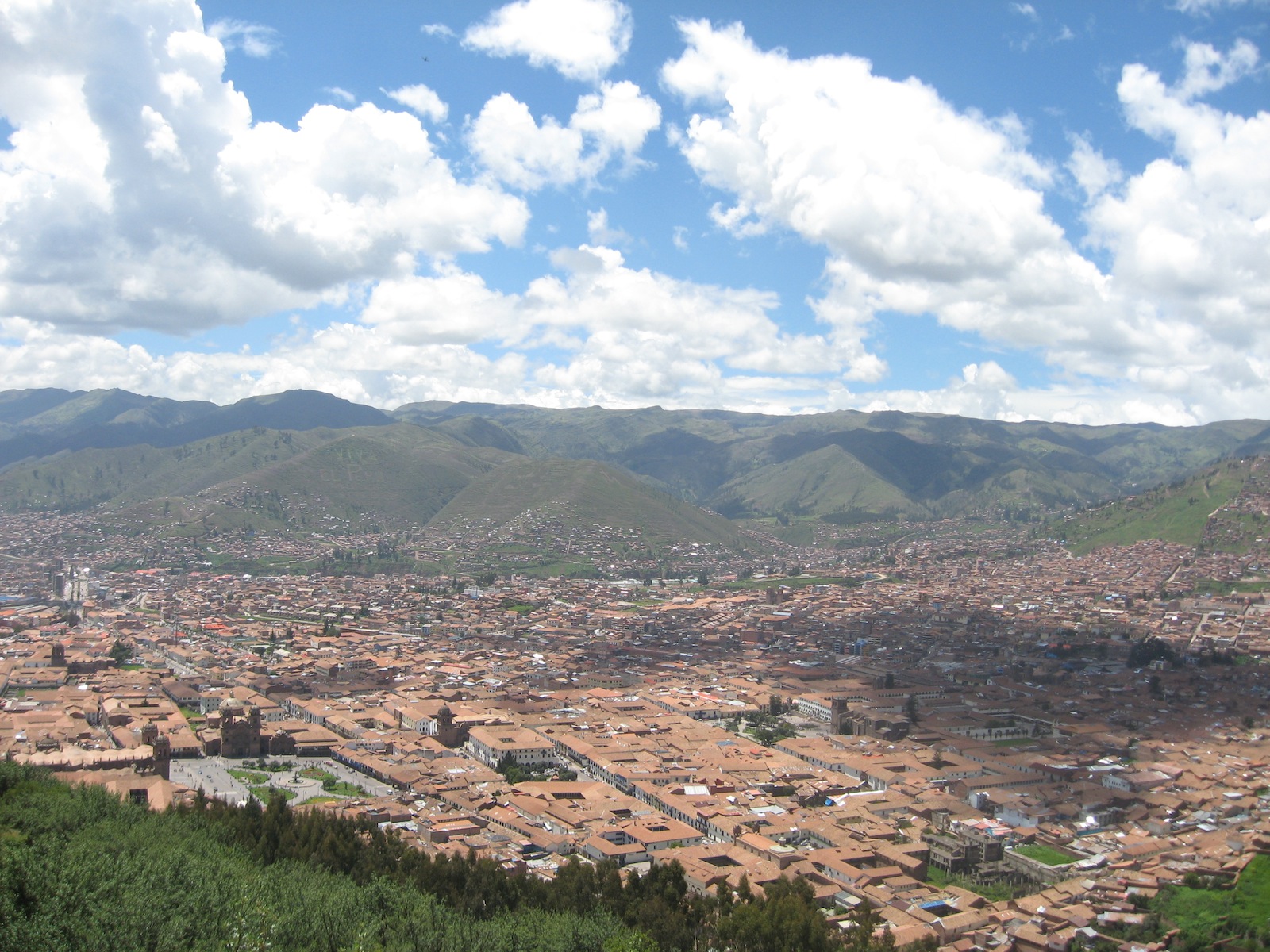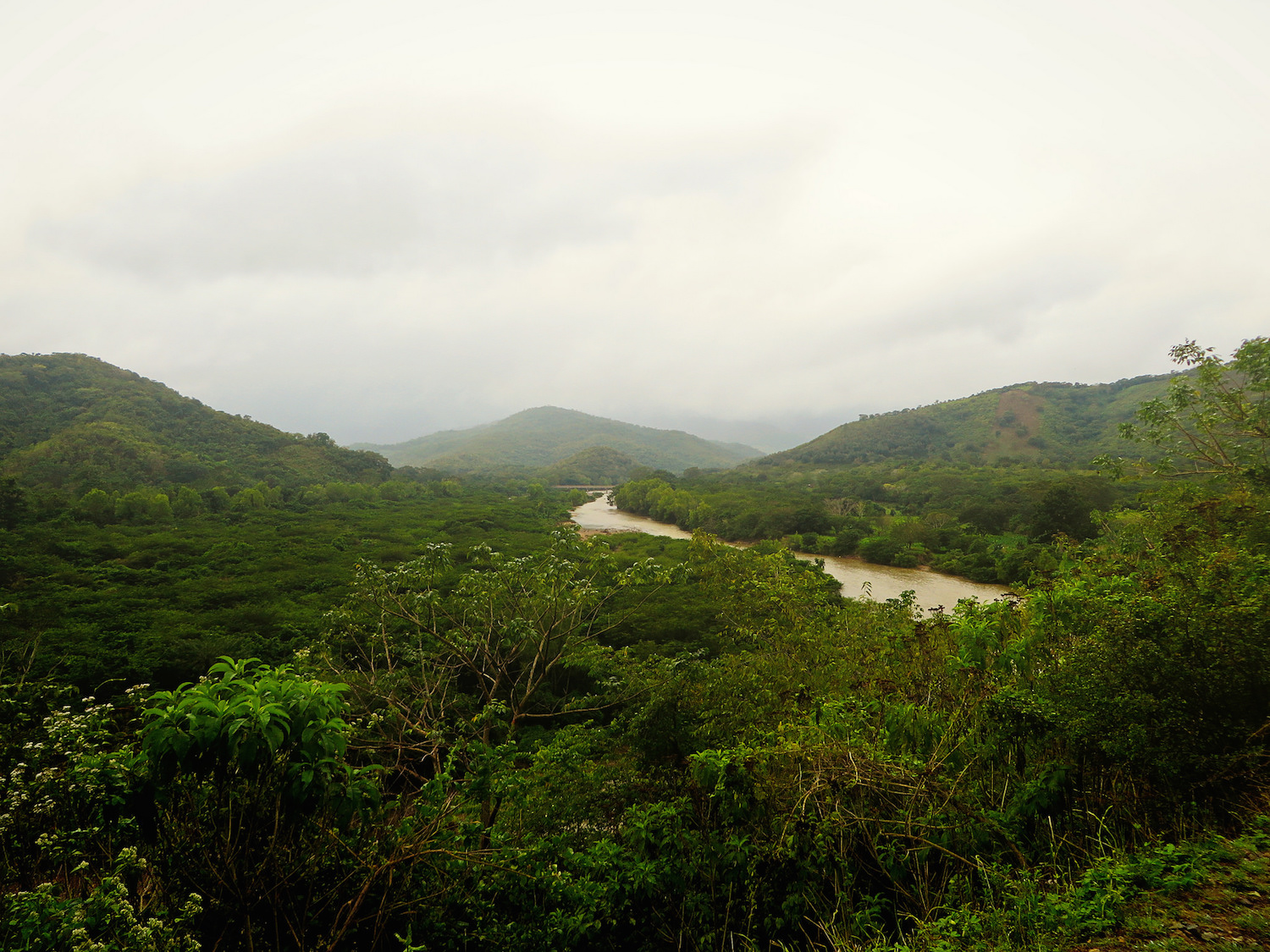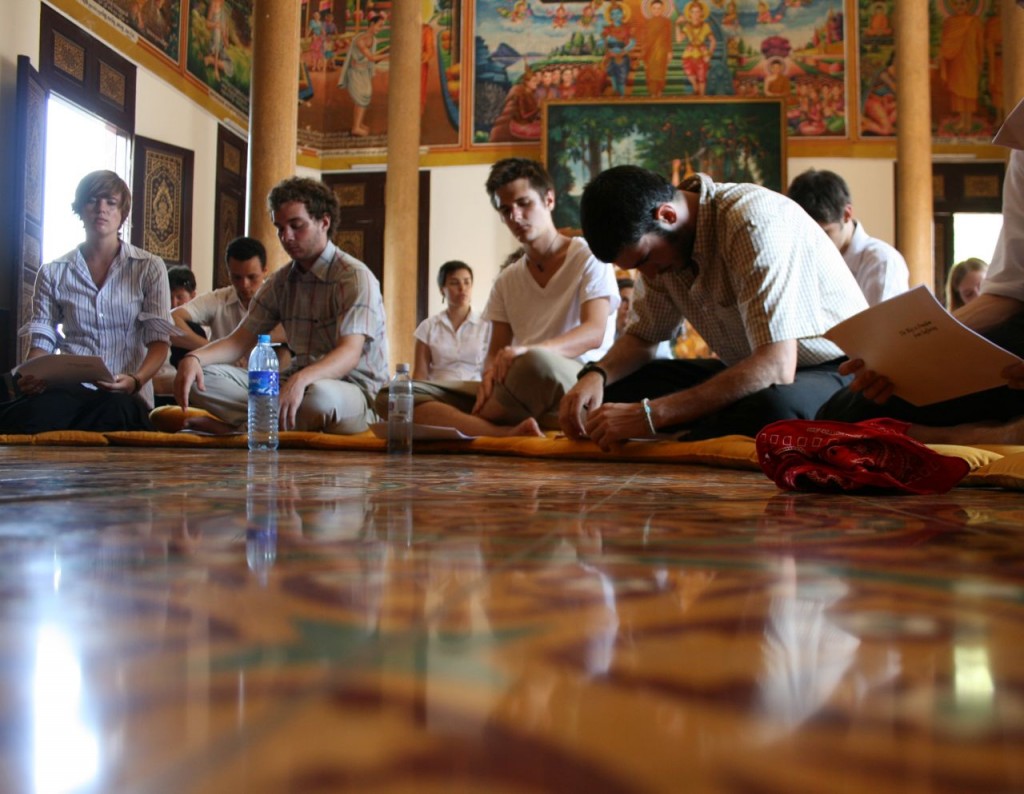I had always known about the LANSA flight 502 plane crash on August 9, 1970 that killed 99 of the 100 Peruvians and Americans on board. I had always known about the flight that killed Albert Sarfert III, an eighth grader from New Jersey who had been participating in a summer study abroad program in Peru. I had always known about the flight that killed my mom’s brother, but it wasn’t until I went to Peru myself that I stumbled upon a tangible piece of my family’s history.
In the weeks before I left for Peru on SST, my mom showed me newspaper articles from the crash and pictures of a memorial site that was supposedly located (according to Wikipedia) on a mountainside near Cusco’s San Jerónimo district for the victims. Coincidence hit hard when I found out that our first portion of study was to take place in that very district. I knew no other specifics of its location, but it was enough to instill within me an incredible drive to find the memorial that no one in my family had seen, and gain a deeper understanding of the event that instantly changed the lives of my mother and her family.




